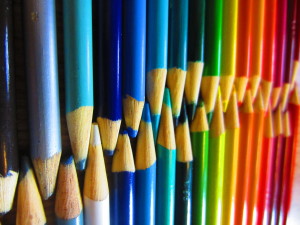I had the opportunity to interview Morgan Kolonauski, 19, who is a current Penn State University student.
These are her opinions on the Arts and STEM subjects:
Can you explain your Major/Career and education completion at this point in time?
“I graduated with a IB diploma from the stem academy and I am attending PSU in the IST (Information Systems Technological) field. I am also planning on minoring in Psychology.”
Do you feel that the importance of the Arts (Art, Music, theater, etc.) is often overlooked when deciding the important subjects in a curriculum? Why or Why not?
“Yes, and not even just from the standpoint of needing to be a well rounded student. Drawing and music, they have calming affects that destress students.”
Is there too much attention towards STEM subjects?
“I think there is too much attention towards making everyone something in the stem field. STEM is important because we are going to have more advances and discoveries in the future, but its important to include and invest in the arts, to keep our humanity. Centuries ago, the arts and religion and science were are considered in the same field, so in the right now, they are just separate.”
Many areas do not have exposure to the Arts. How can we make changes to give opportunity to everyone?
“That’s very difficult, because when a student chooses the field, it is because they want to do what ever is in that field. So someone like myself, I would like to program or be a consultant. That does not involve much need for art. However, I think the focus should be on encouraging the students who want to perform or create to do what they love.”
Explain how the Arts did or did not impact your childhood (high school or prior). What school subjects did you most prefer? Least prefer?
“I love every field in the arts realm. I love to sing, act, dance, paint, play, etc. I loved how I could express myself through my work, and not everyone would get it, but I knew what it meant. However, I did not like taking art classes, because the teaches would put restrictions on what you could and couldn’t do. As someone who considers themselves as an artist for pleasure and not for fame, this didn’t appeal to me, because in my eyes, art can not be judged. I did enjoy choir, because it was a break from the STEM and history and english fields. Like I said earlier, the arts helped me retain my humanity (as creepy as that sounds), because it’s a healthy way to express your feelings.”
How do STEM subjects prepare a student for the real world?
“The world it a technological place, so if at the very least, it prepares students to adapt to the new age devices and lives we will live in the future.”
How does the Arts prepare a student for the real world?
“Arts prepares students to be creative and take chances. They encourage exploring and traveling. I would say the arts remind us that we are humans.”






